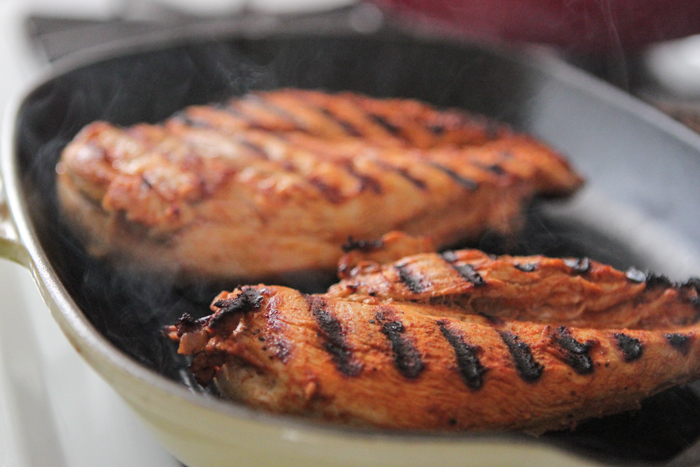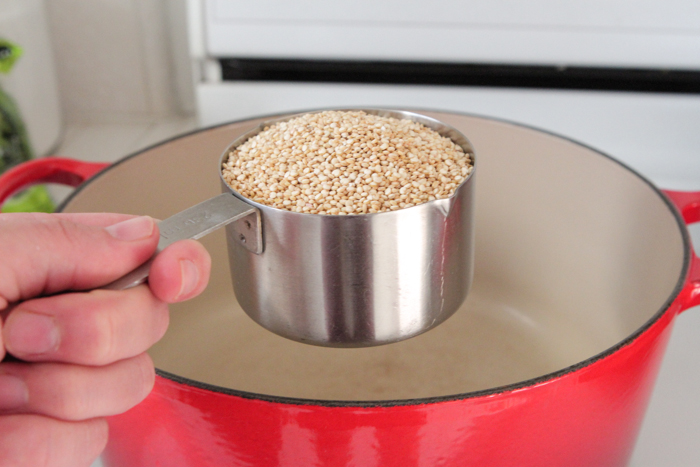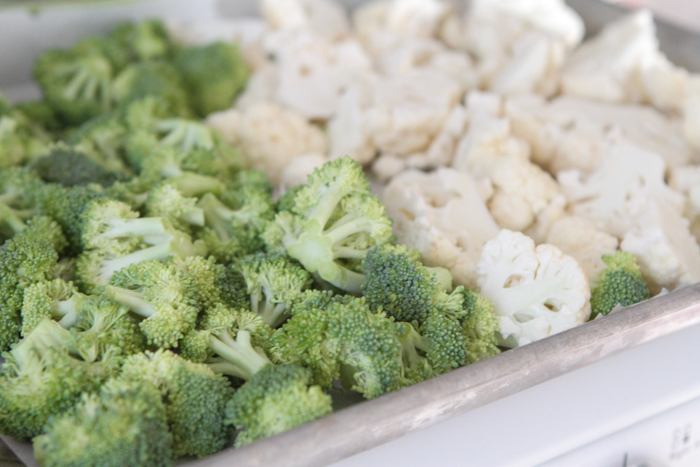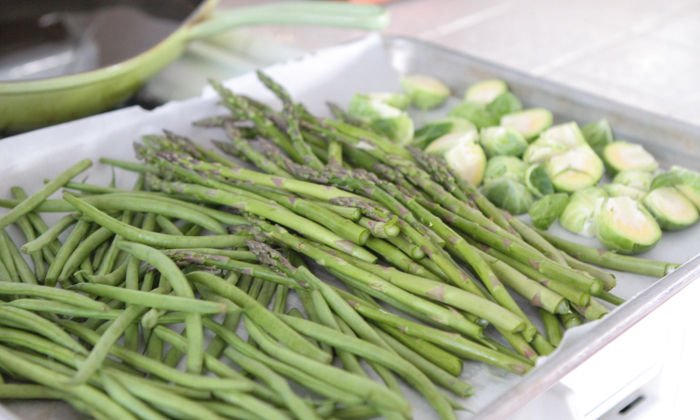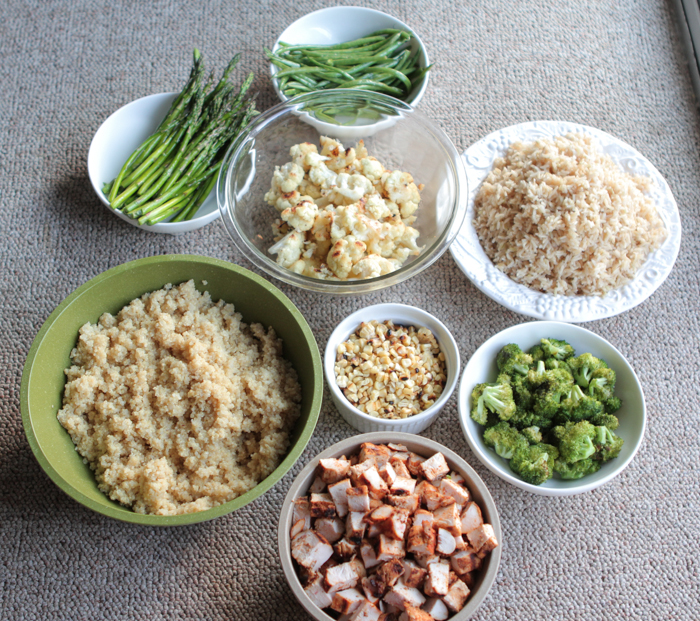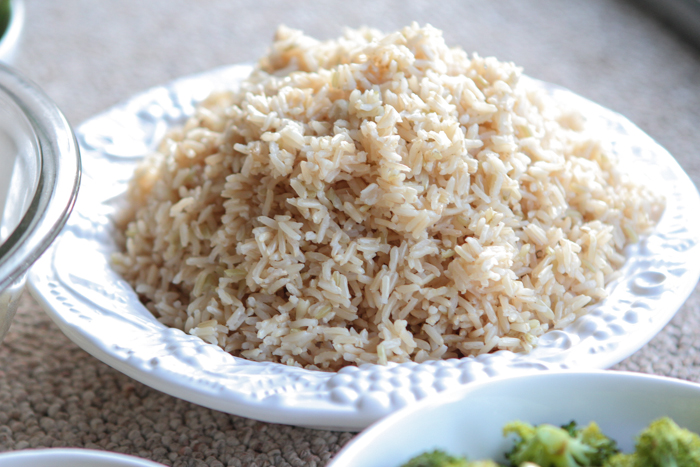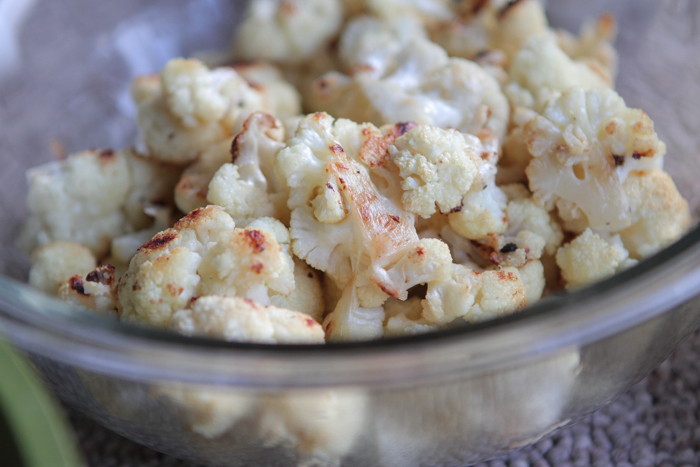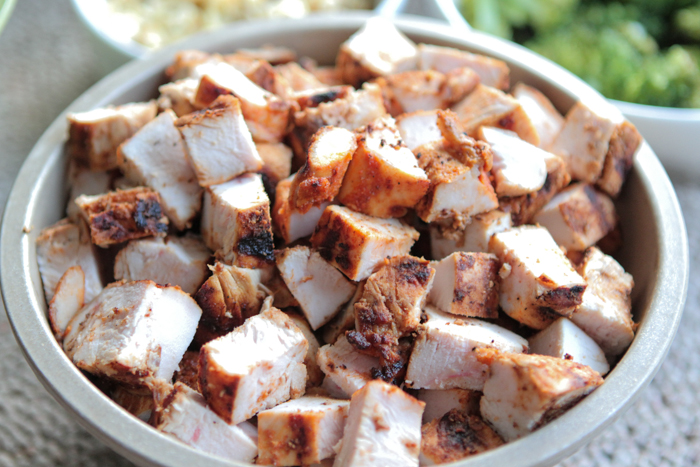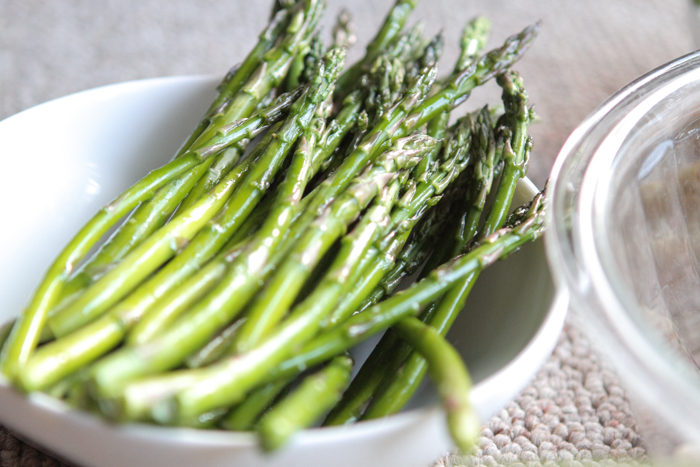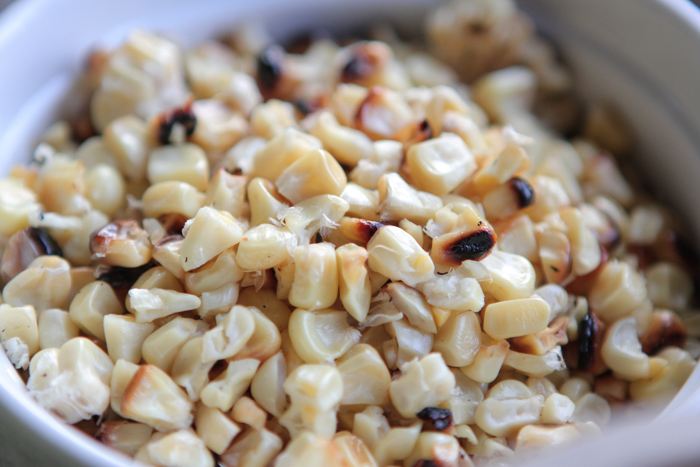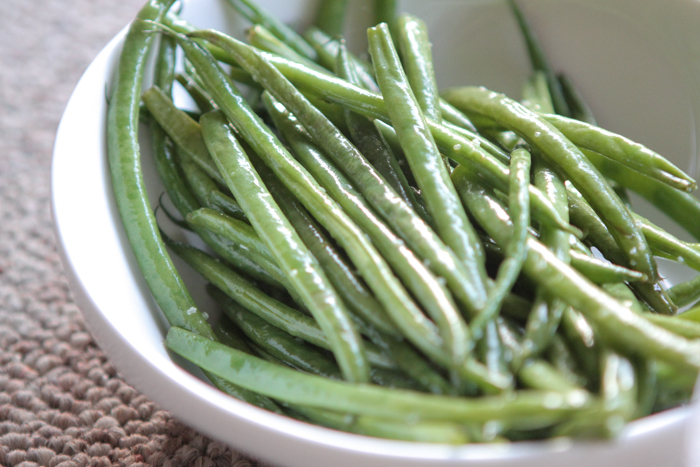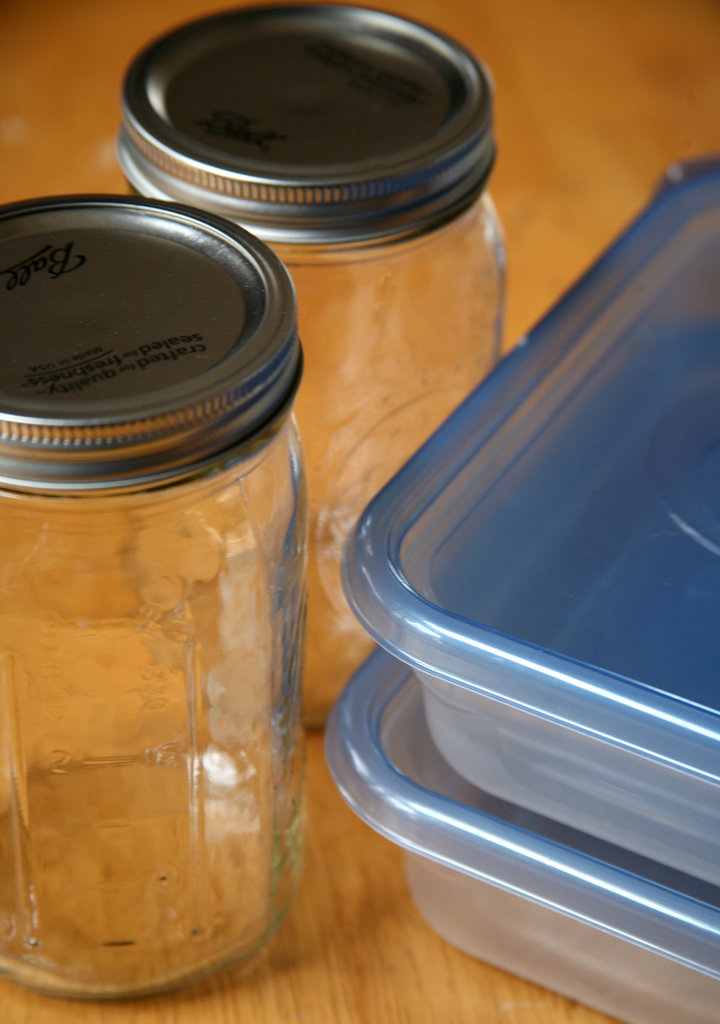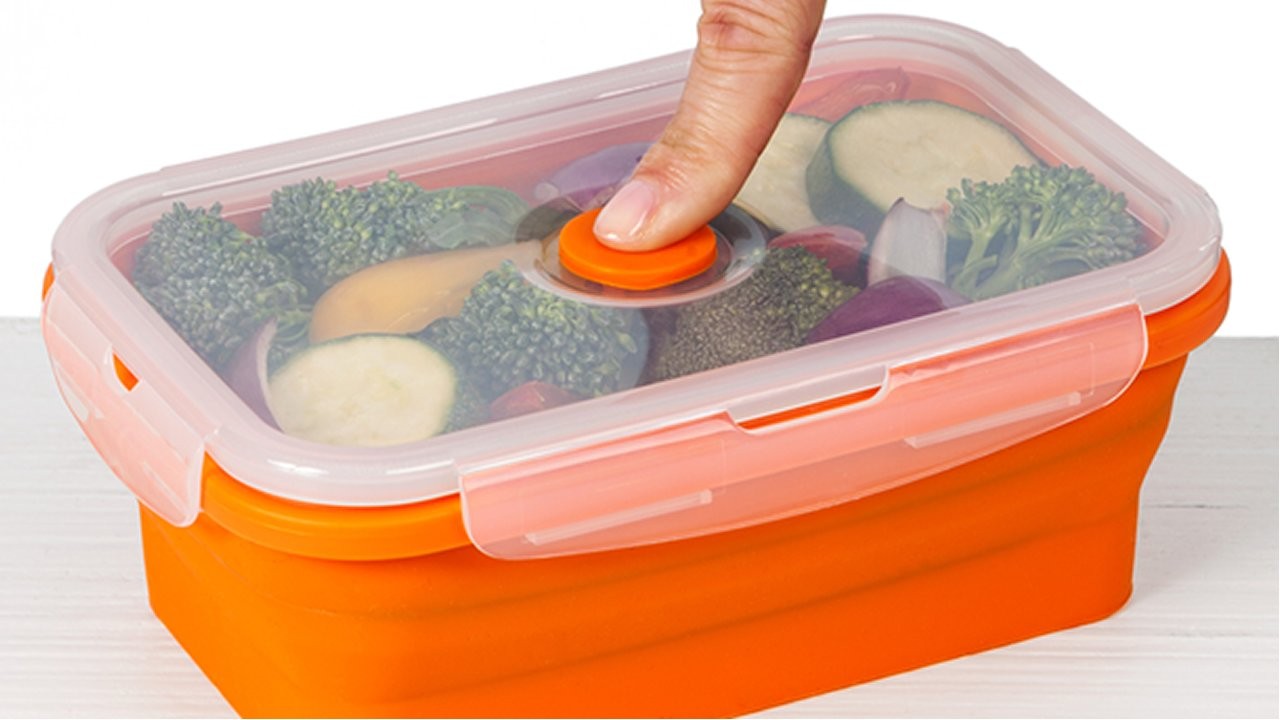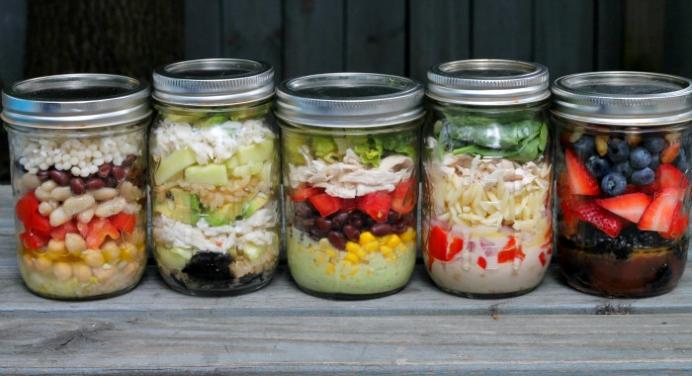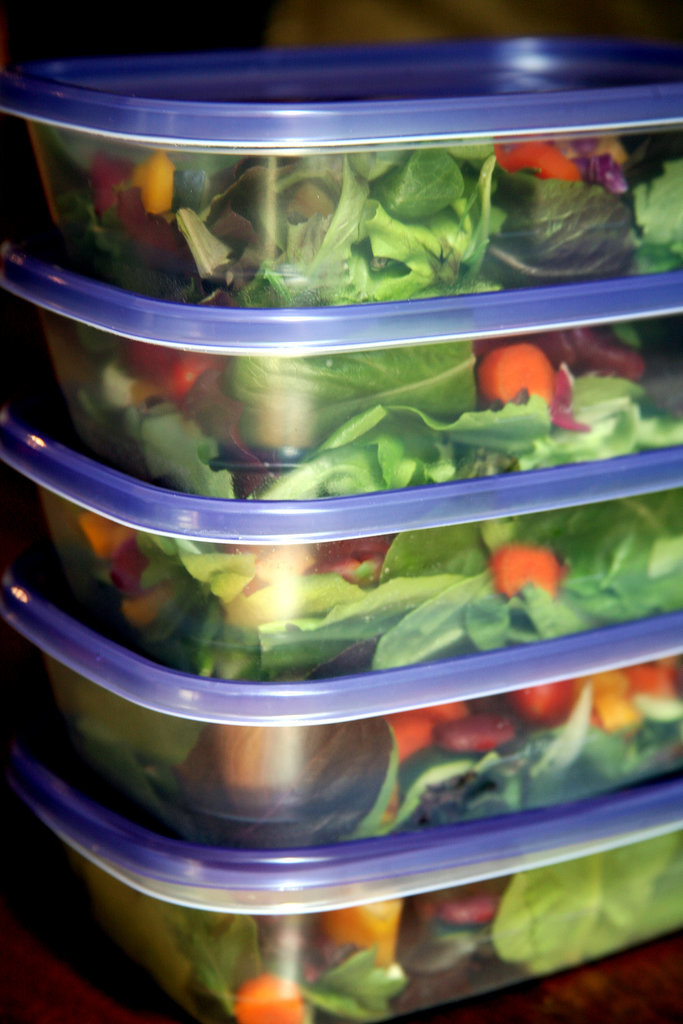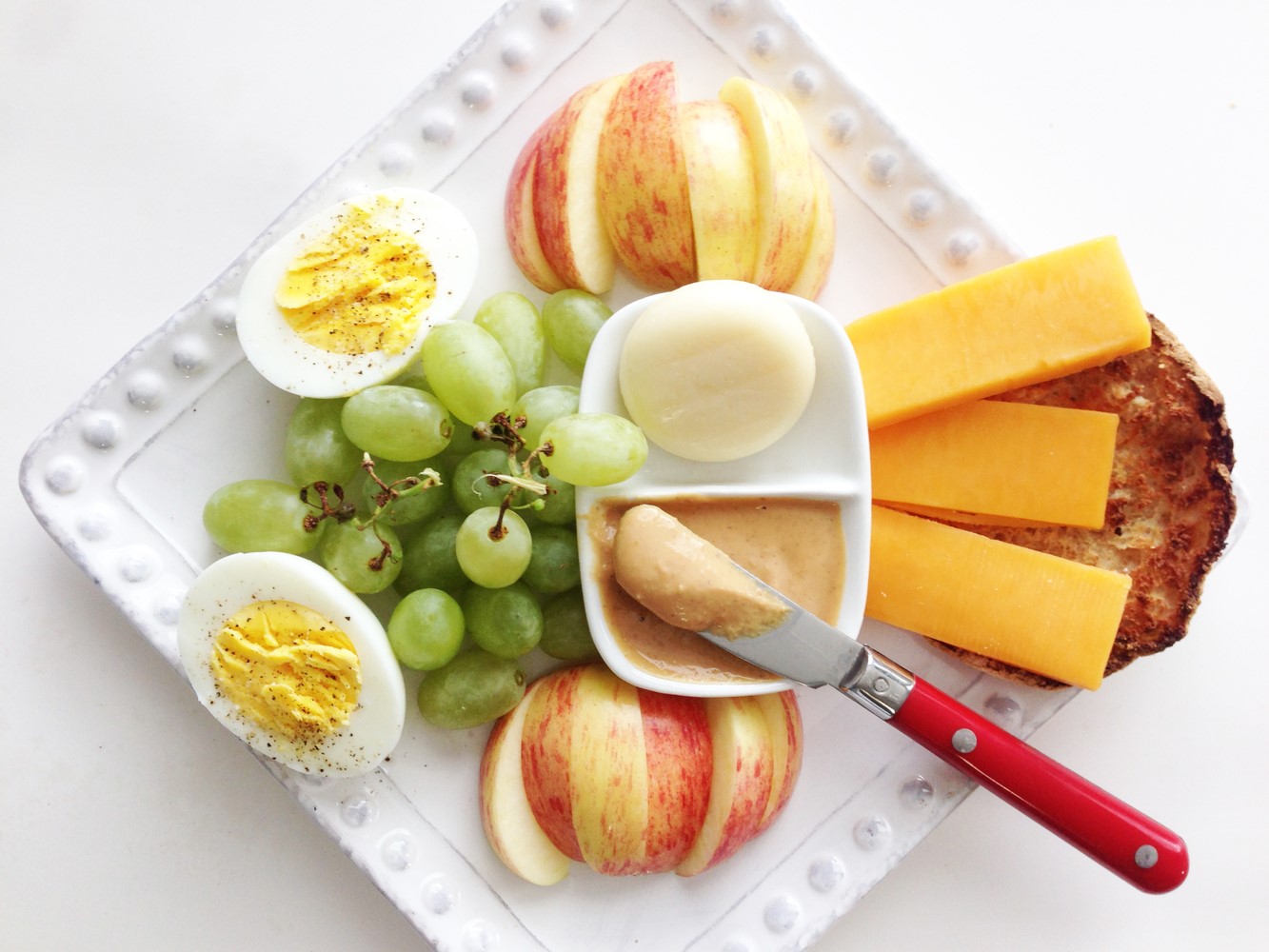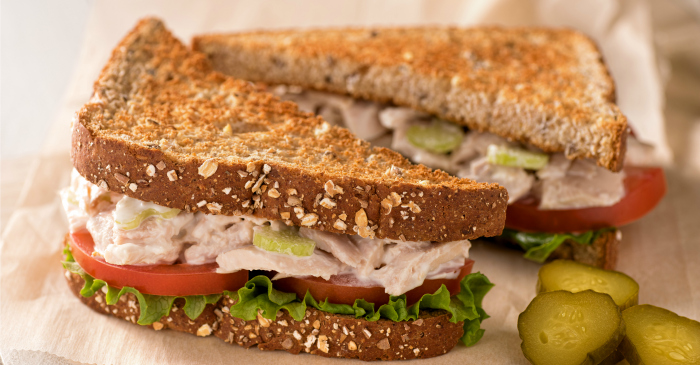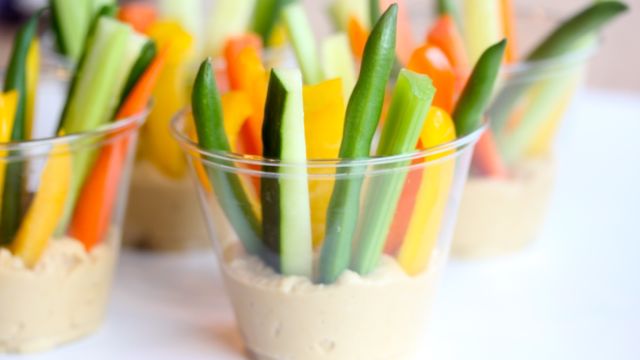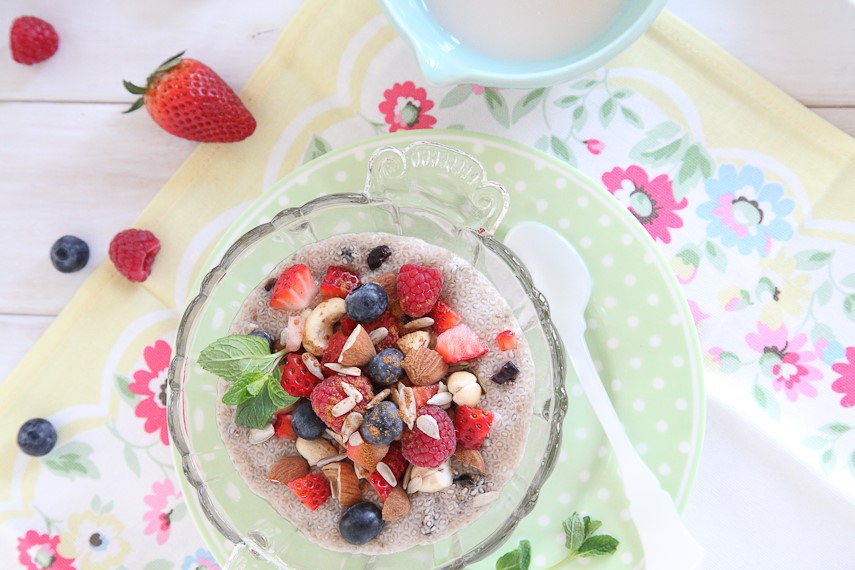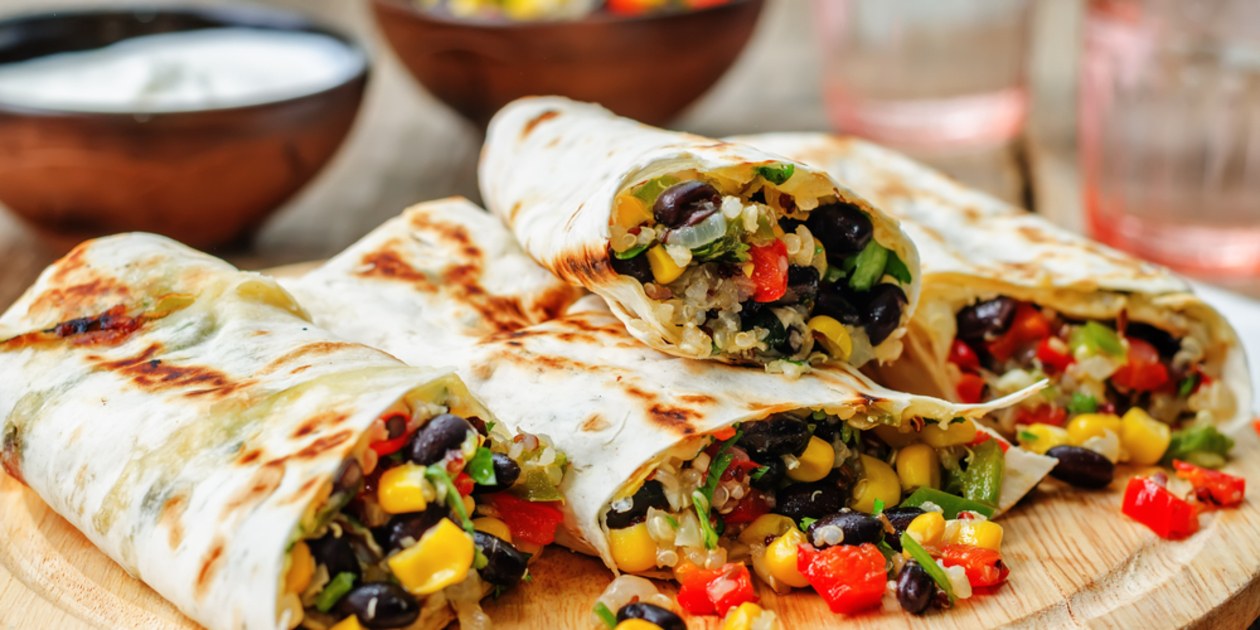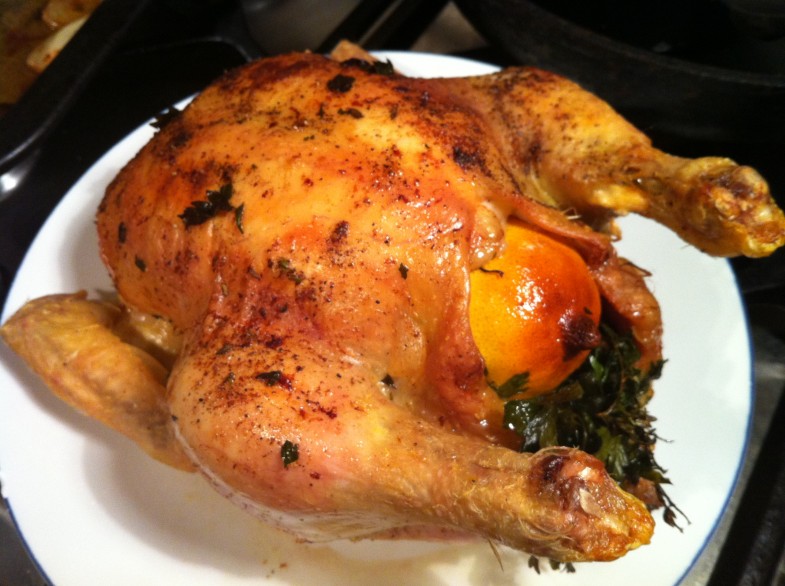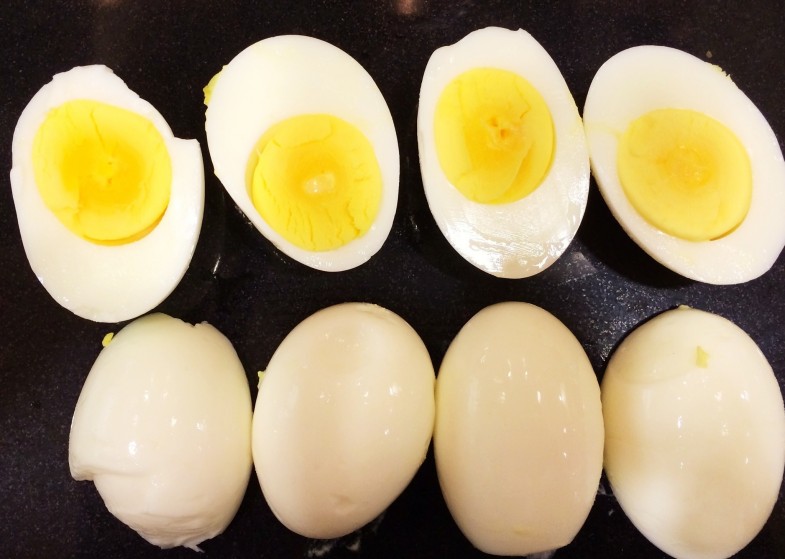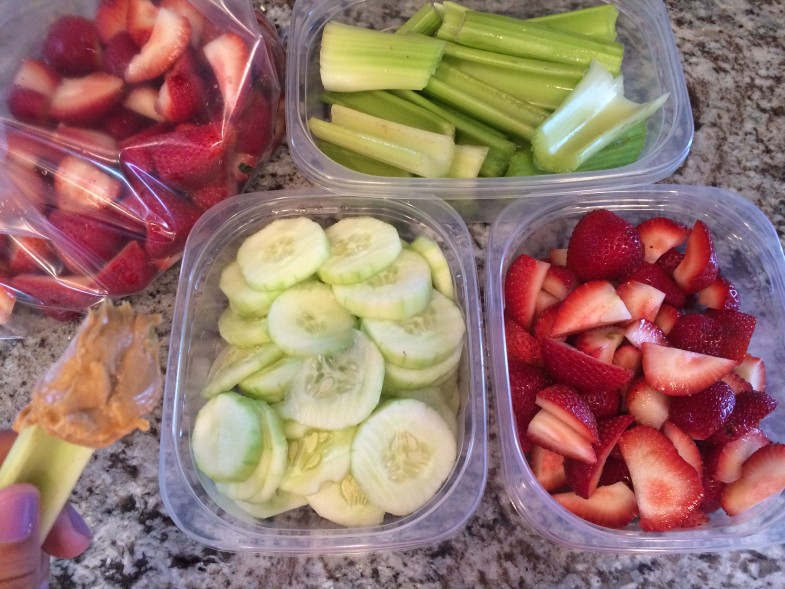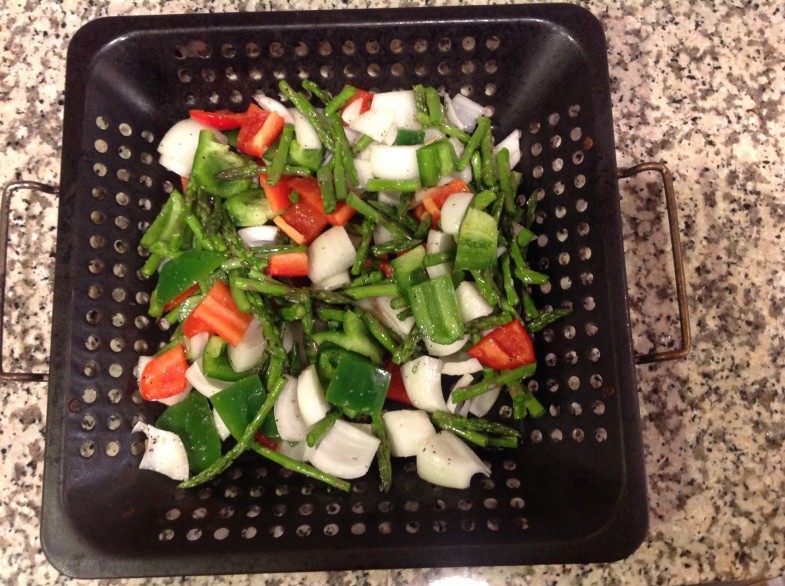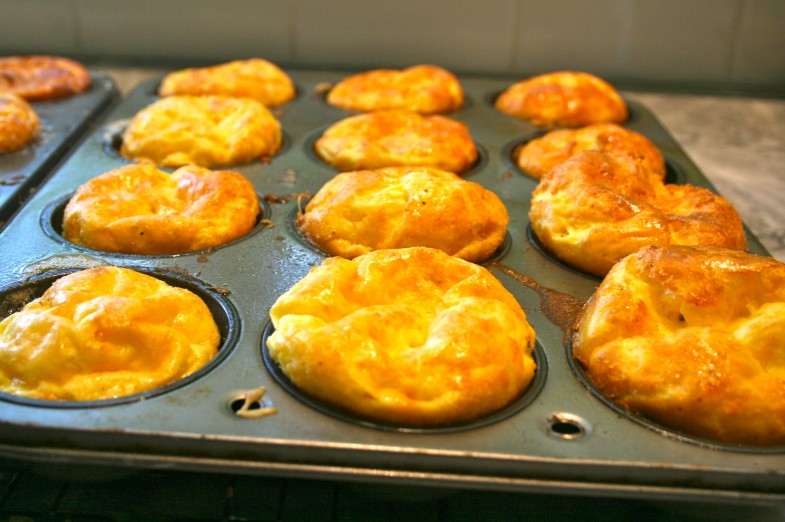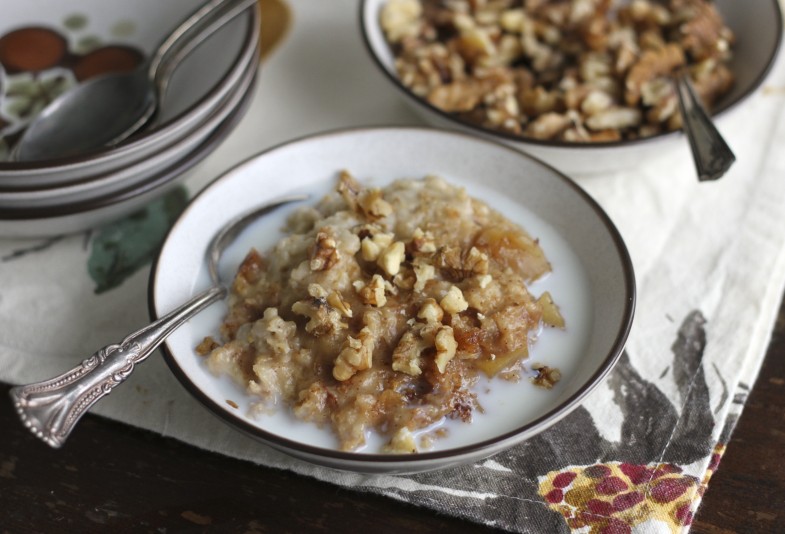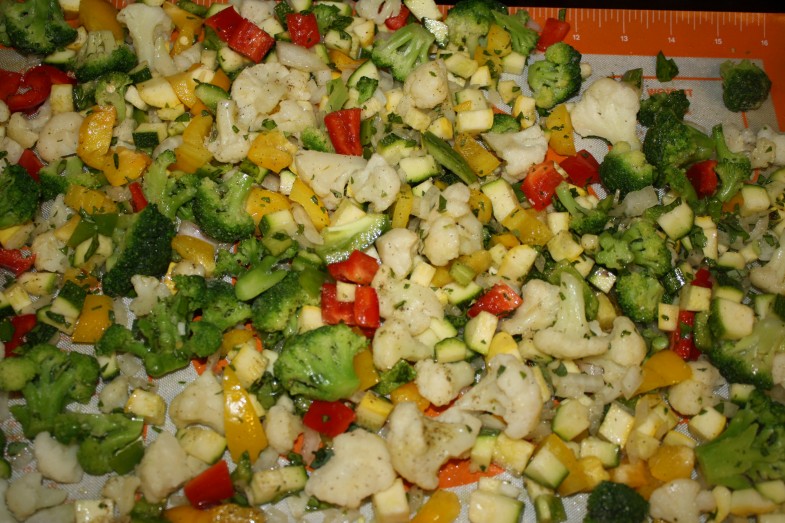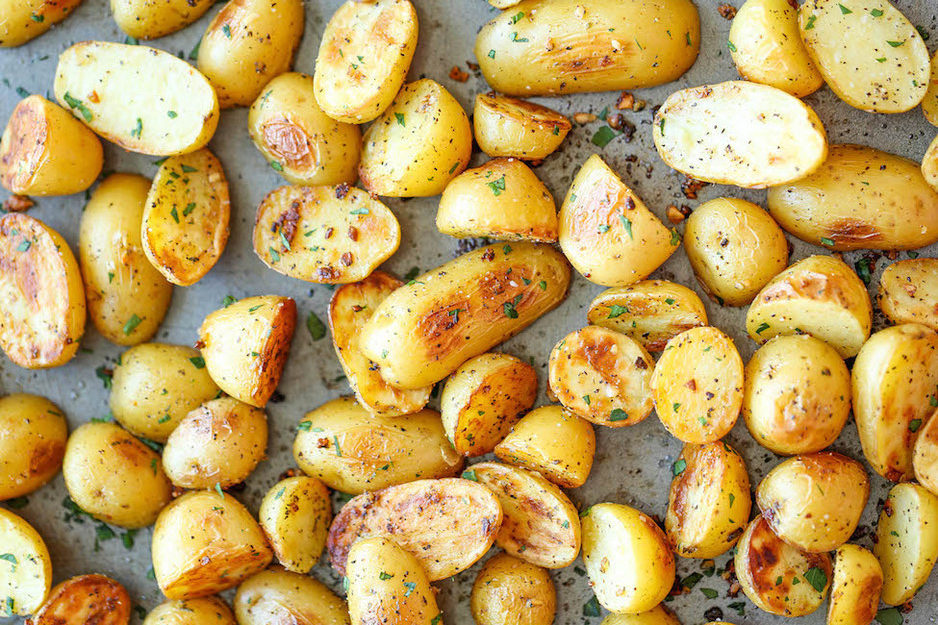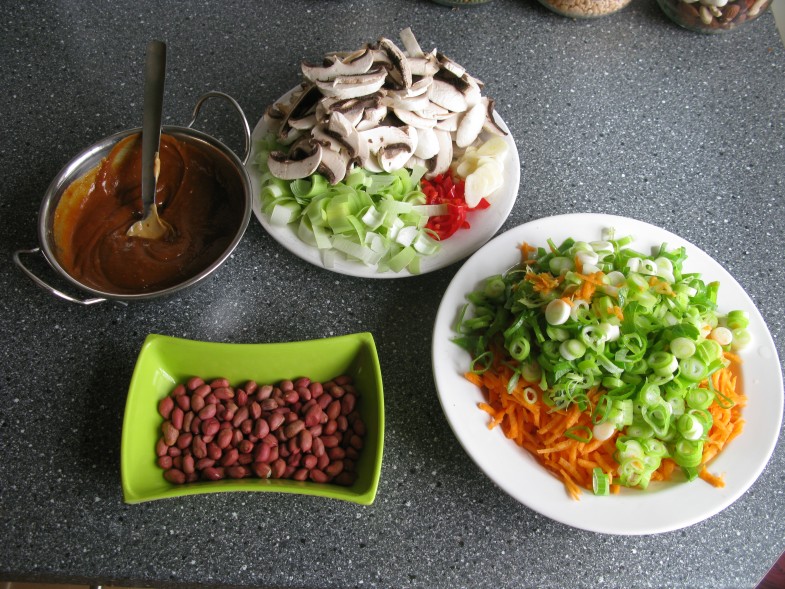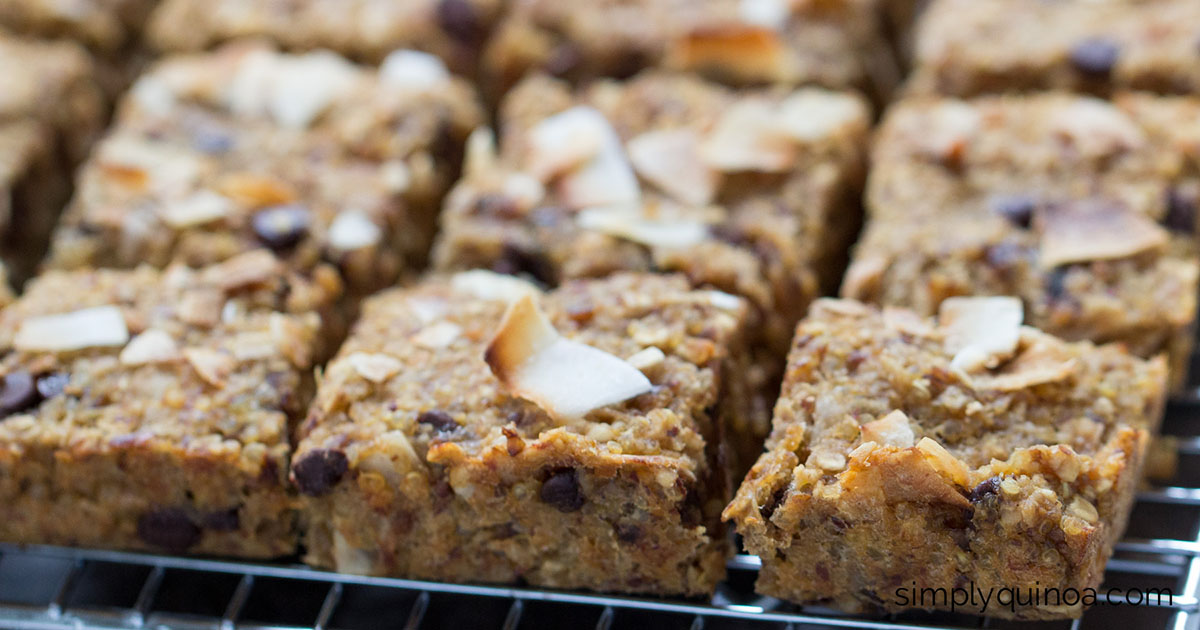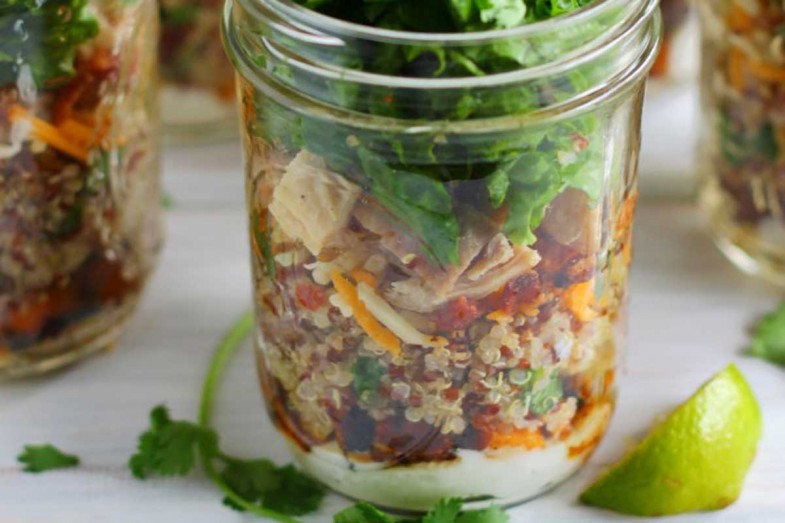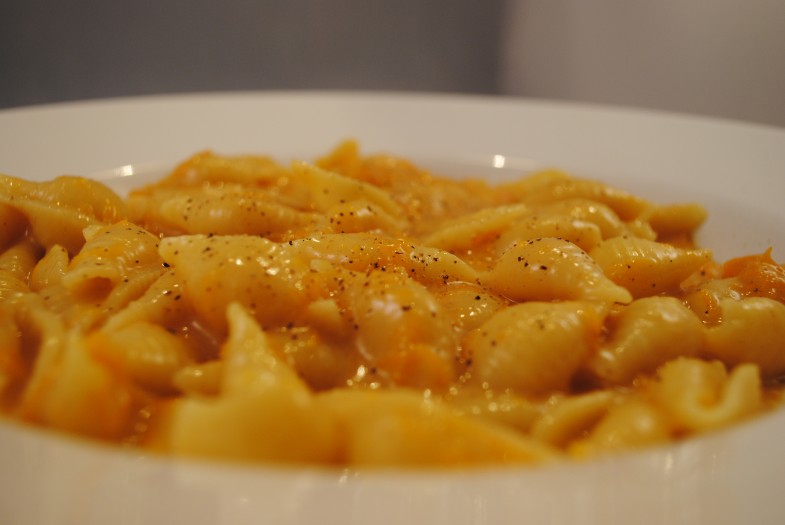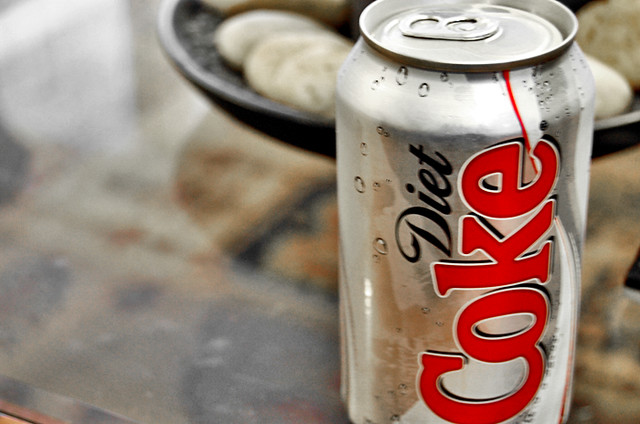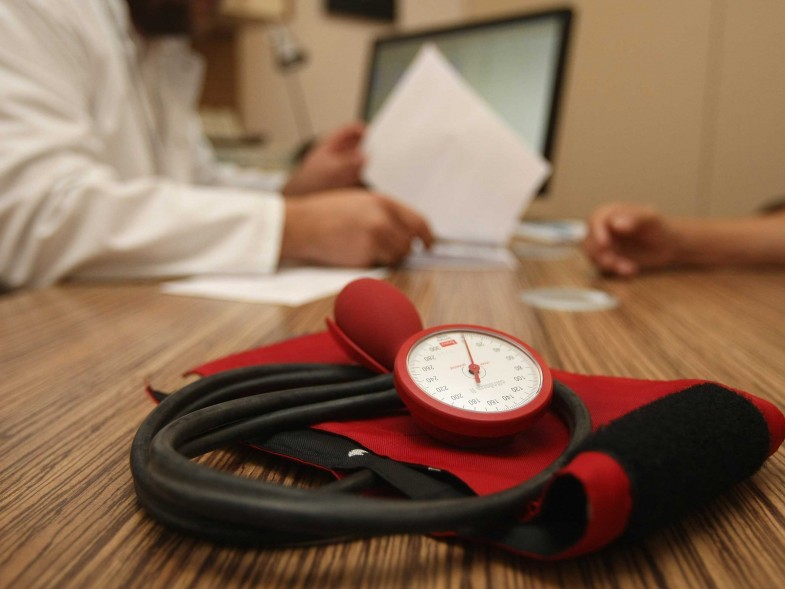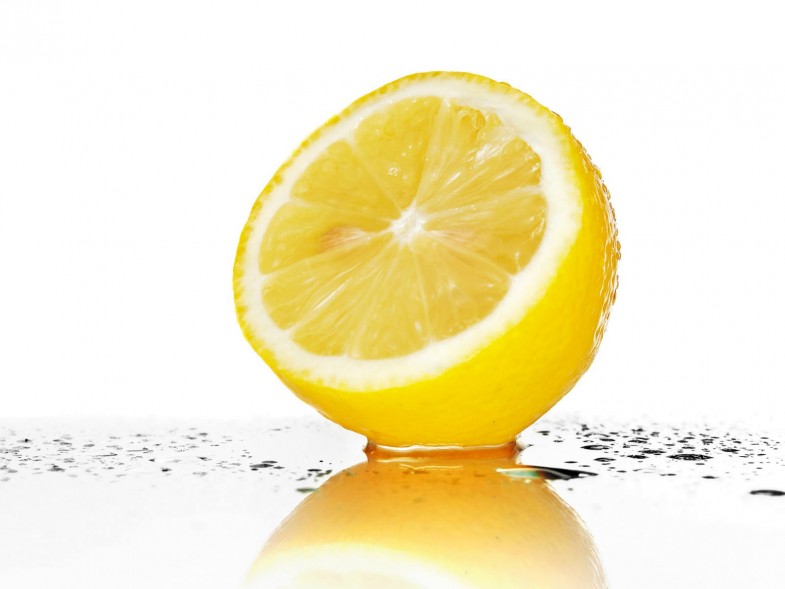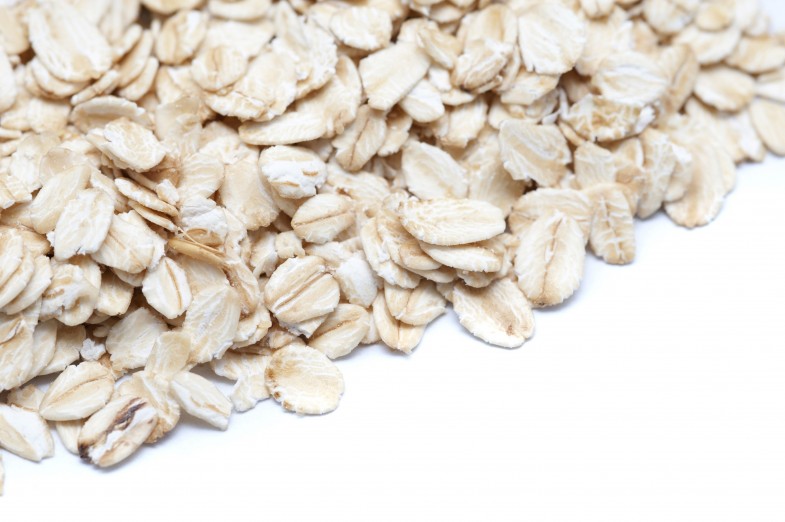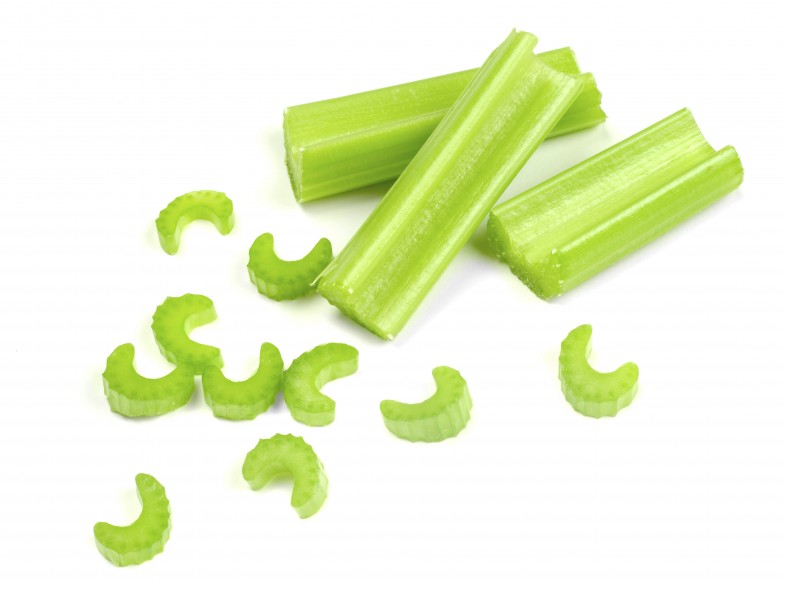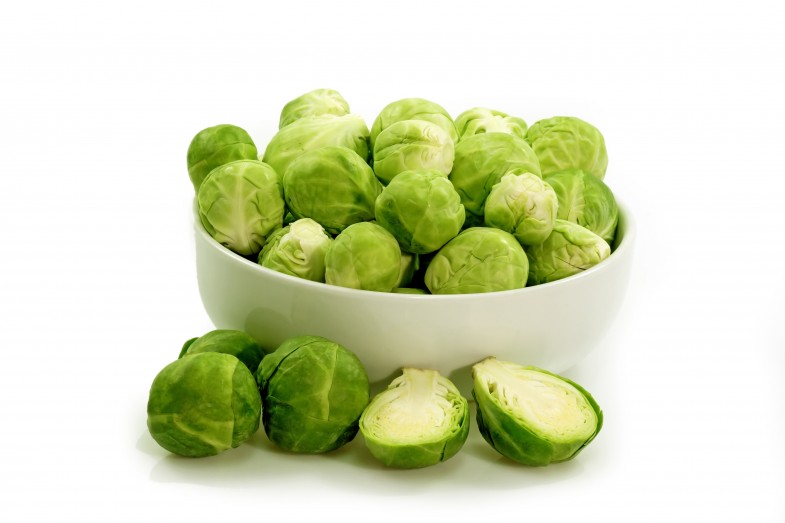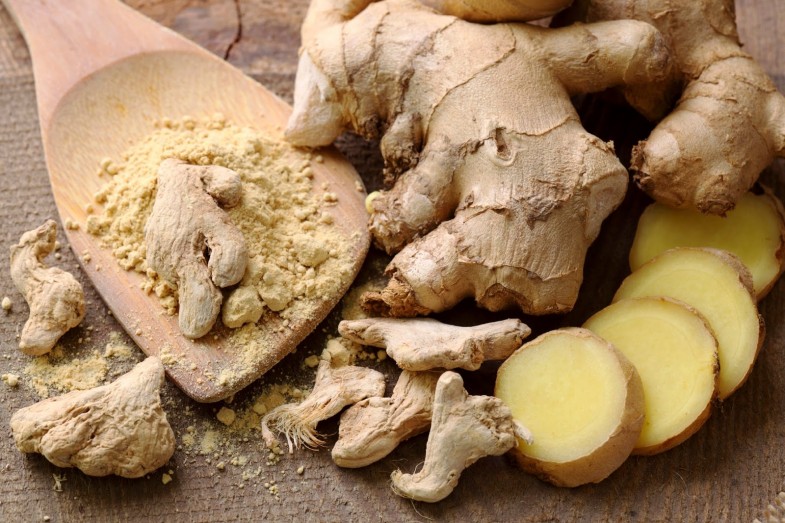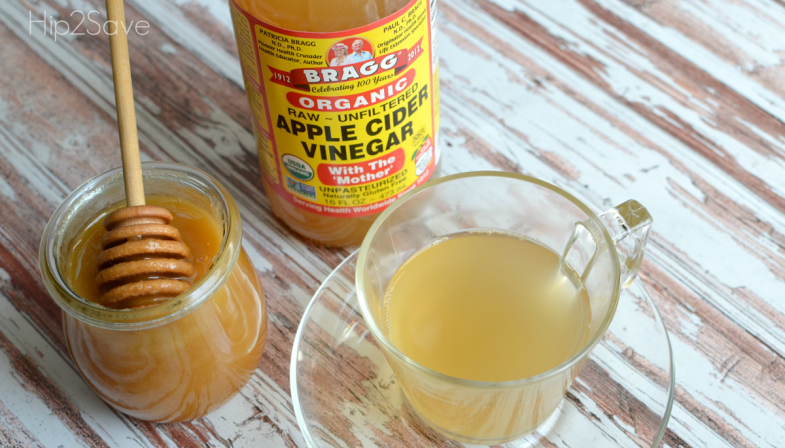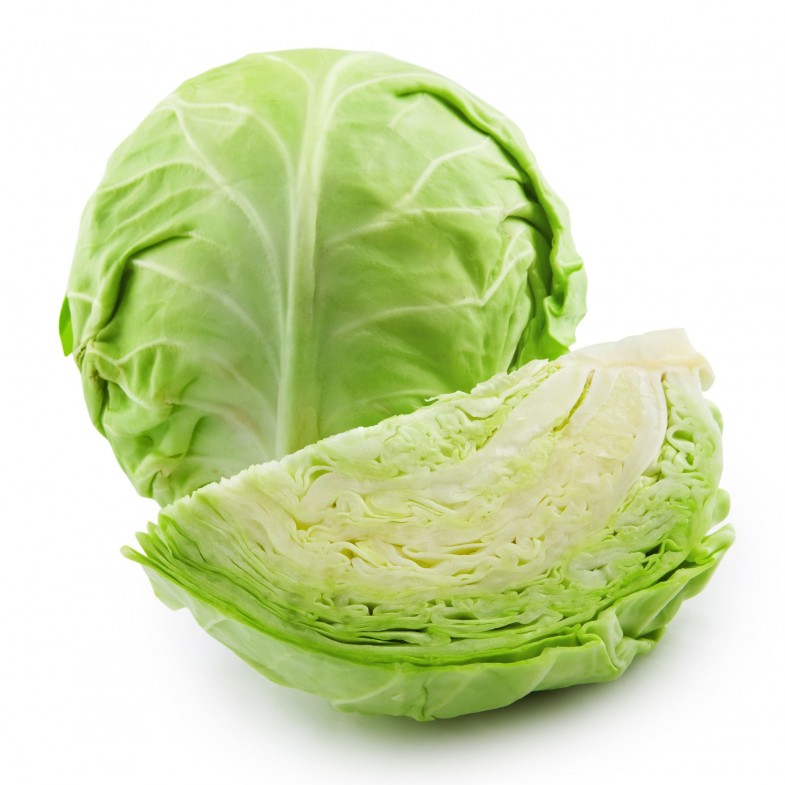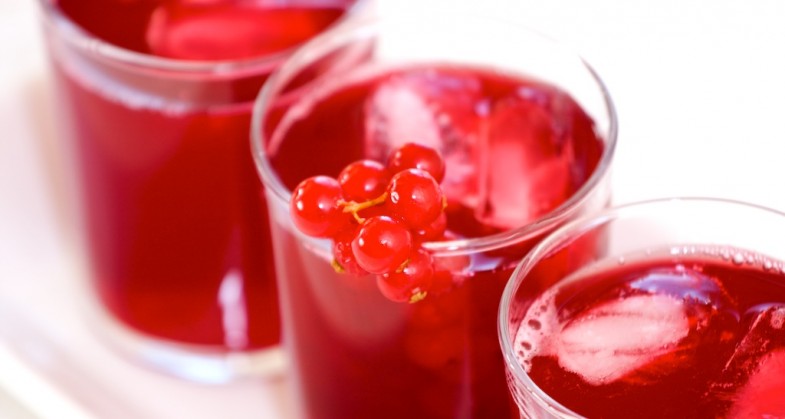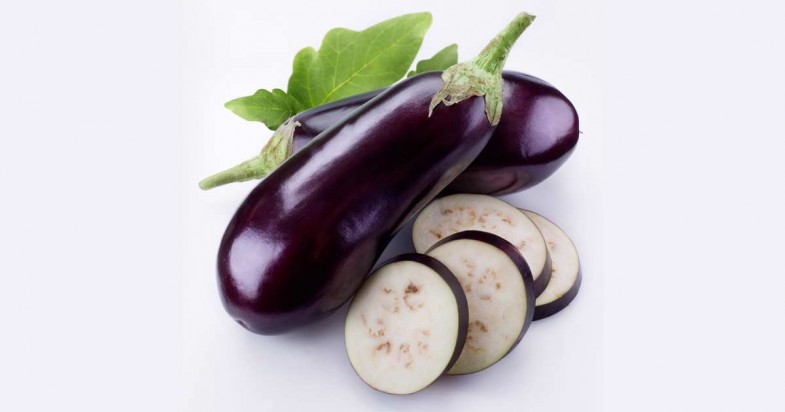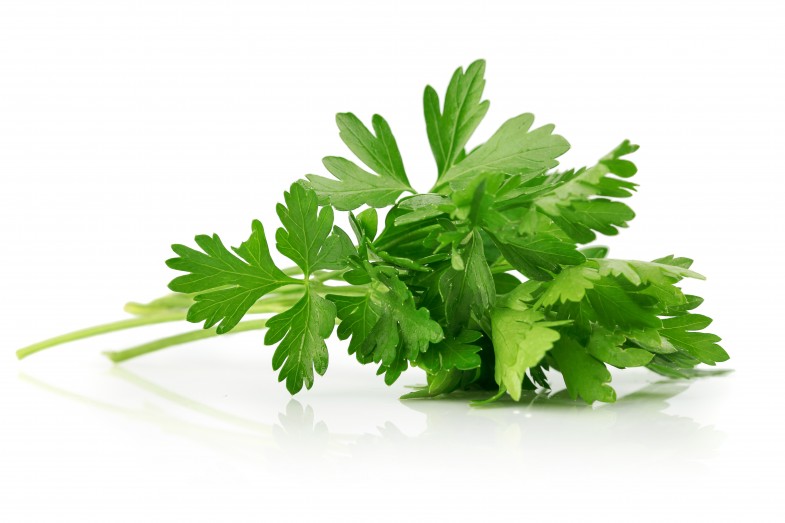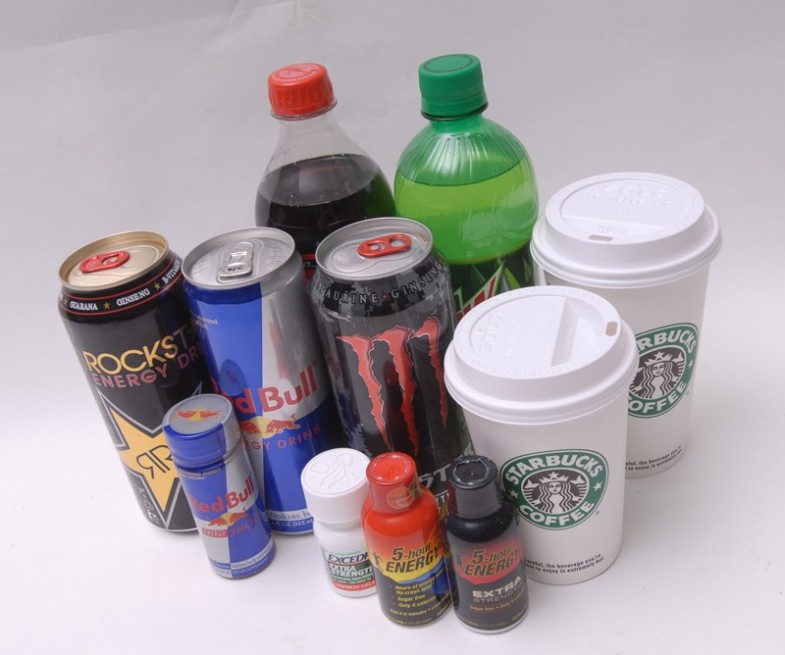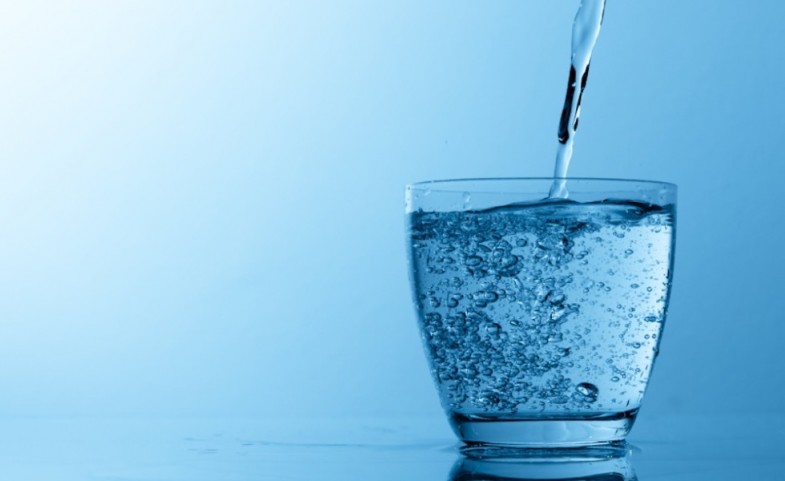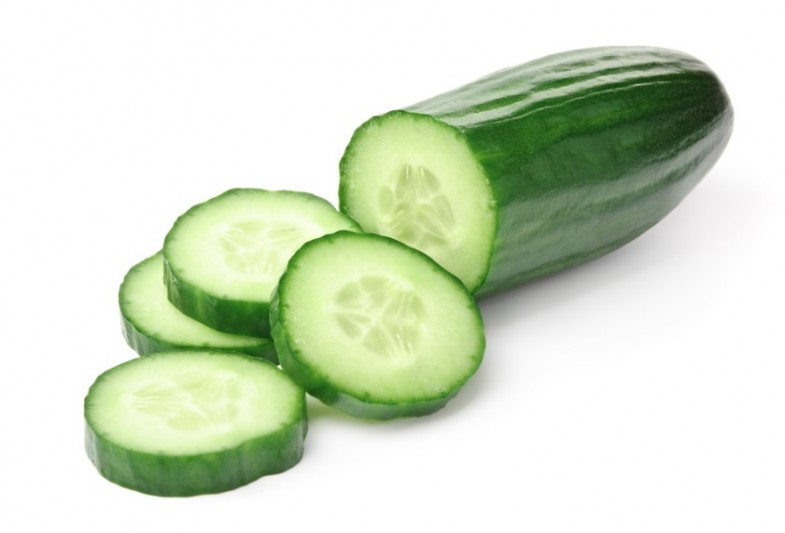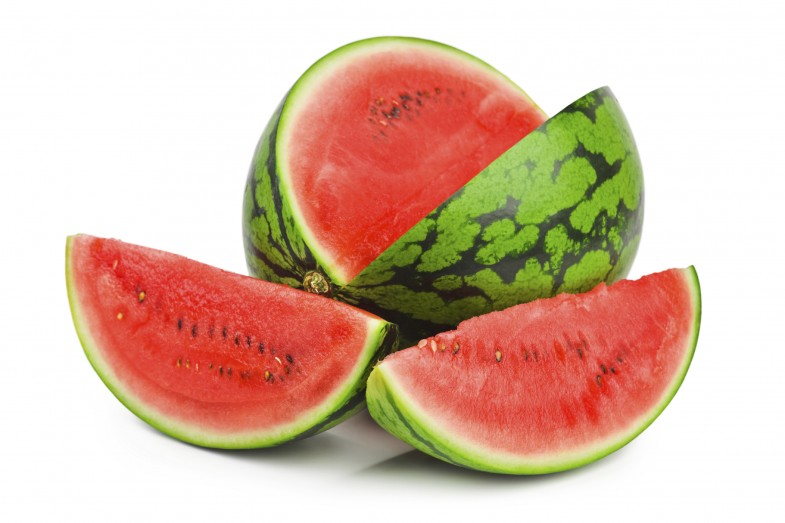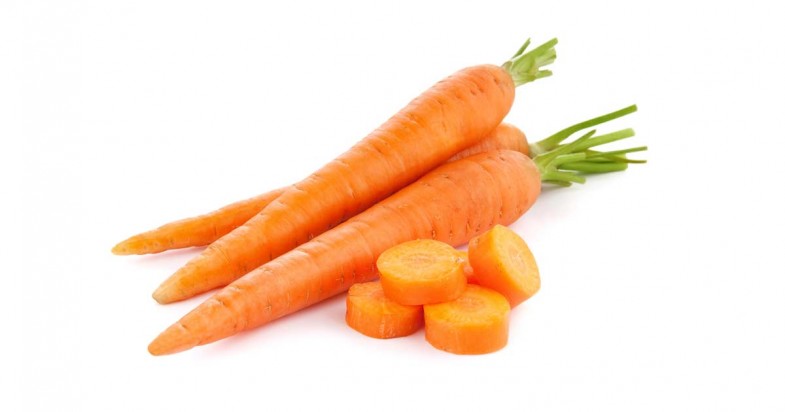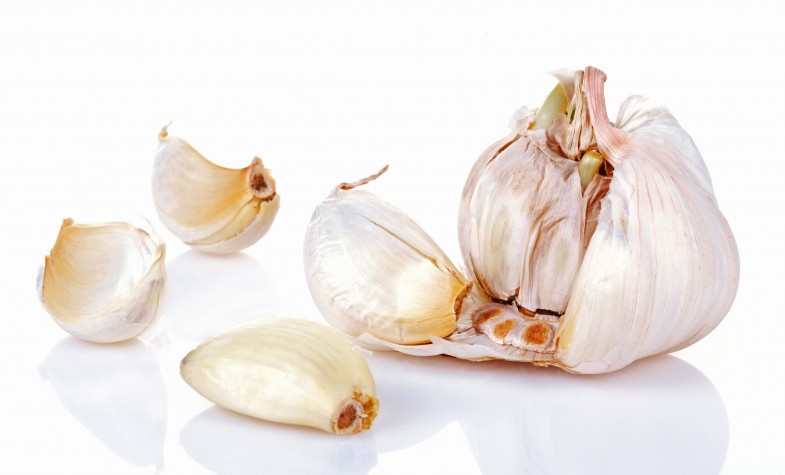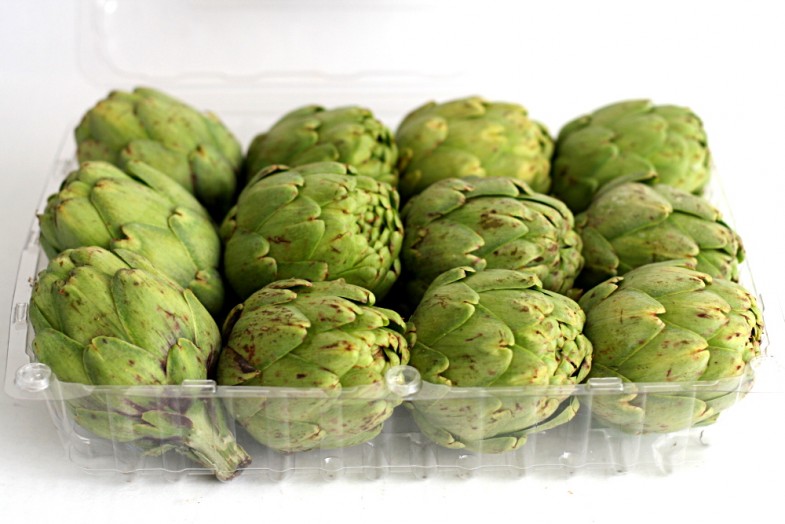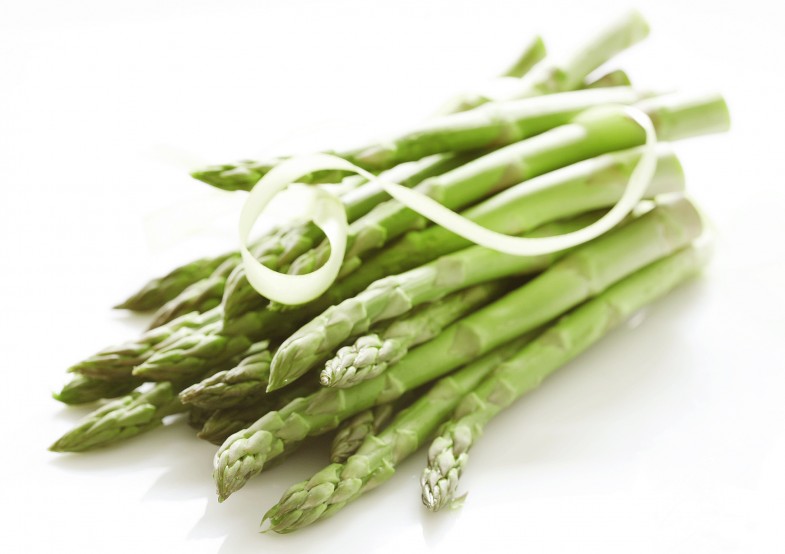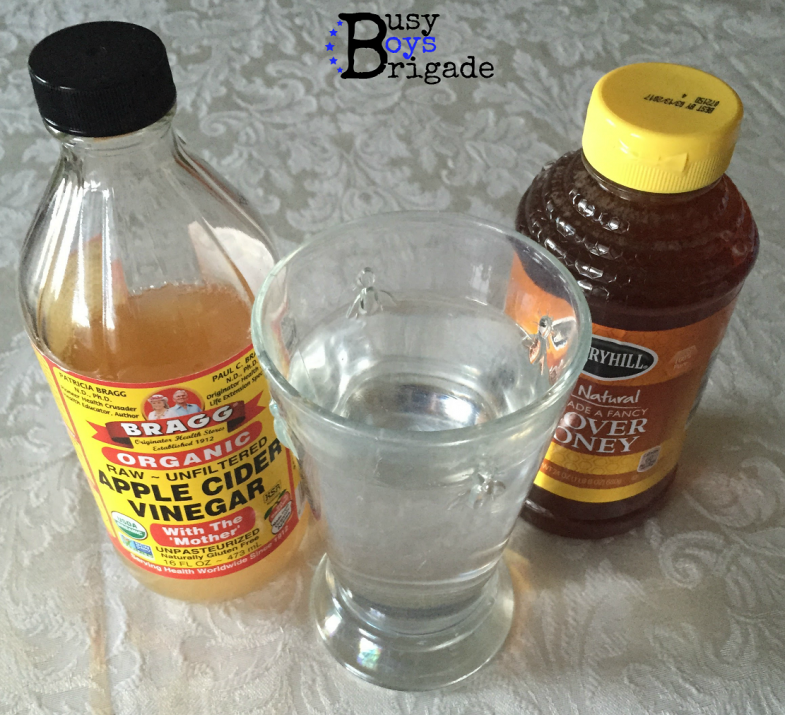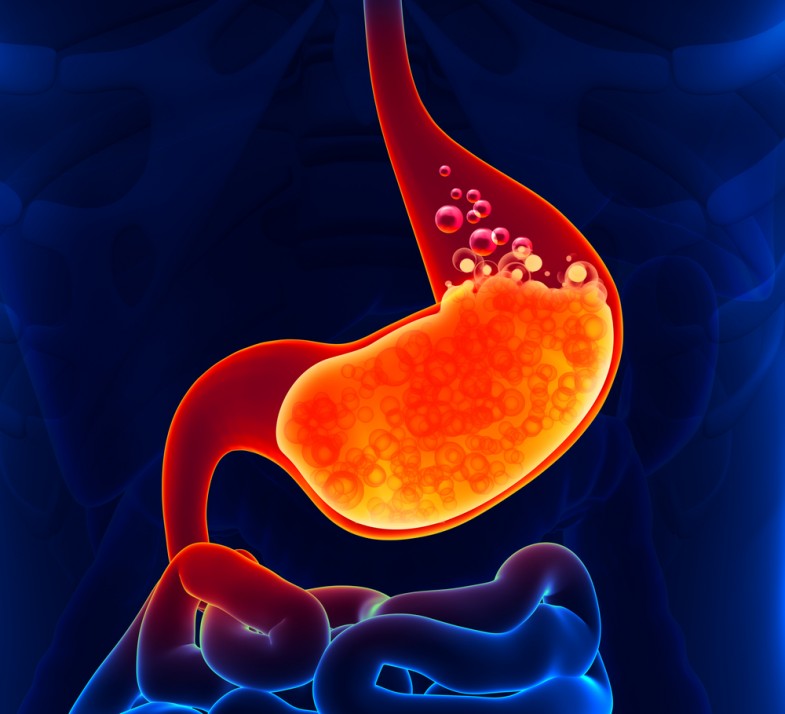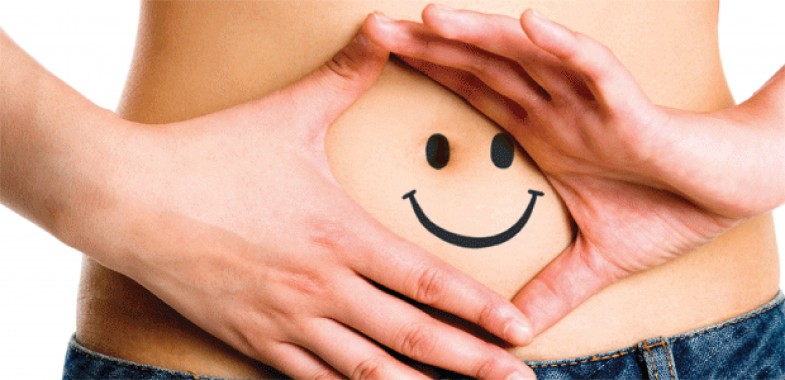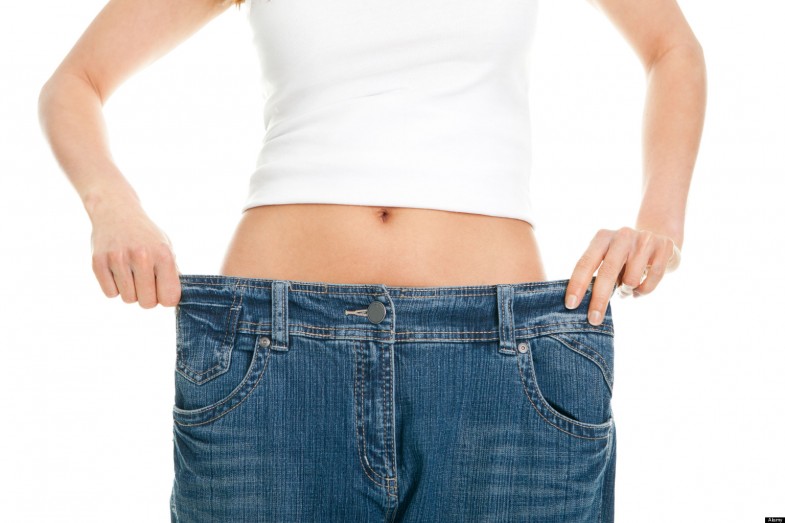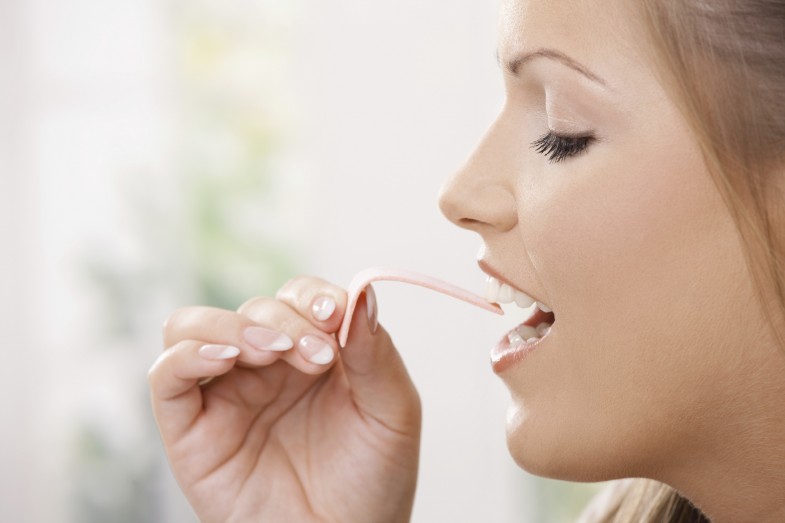
A friend commented that when she turned 40-years-old, her kids lovingly told her that she was beginning to get a little forgetful at times. She joked and said it was raising kids, which in part may have been true.
On April 25, 2017, I shared six main reasons for memory loss. They were: chronic stress, alcohol abuse, depression, health conditions, medications and physical exhaustion.
There is no doubt that raising kids these days can be stressful and physically exhausting at times and possibly times of depression, all of which can lead to some memory loss.
By the time a mom reaches 50-years of age, she is marrying off her kids. It’s not nearly as hard on her if she has boys, but marrying off a daughter or daughters, can take quite a toll on mom. It’s definitely a stressful time to make sure all of the arrangements are made. Leading up to and the day of the wedding is often very physically exhausting. After a daughter and her new husband drive away, it’s not uncommon for mom to experience some periods of depression, as well. Again, all of these can lead to memory loss.
In the post mentioned above, it was reported that researchers found a protein in umbilical cord blood that appeared to improve and even restore memory. However, this is still in the experimental stage and may be some time before it’s approved for use. So, what can you do now to help you keep from losing more memory and even help restore some of the memory issues you may be facing at this stage in life?
Would you believe that exercise may help? Yes, the dreaded ‘E’ word – exercise. I can hear you now – I don’t have time or I can’t afford to go to a gym, but if it’s important enough, you can find the time and you don’t need to go to a gym.
It’s not just any exercise, but a combination of exercises and they have to be done on a routine basis. Check this out:
“Can a new exercise regimen boost your brain health if you’re over 50?”
“Possibly, suggests a new research review that found middle-age folks can improve their thinking and memory skills by adopting regular moderate-to-vigorous routines involving aerobic and resistance exercise.”
“‘When we combined the available data from [39 previous] studies, we were able to show that undertaking physical exercise was able to improve the brain function of people aged 50 and over,’ said study lead author Joseph Northey. He’s a doctoral candidate and teaching fellow at the University of Canberra Research Institute for Sport and Exercise in Australia.”
In the studies, participants did their exercises under supervision. The type, duration of time and intensity of the exercises were noted and then compared. Afterwards, the participants took tests that measured brain function, also associated with memory.
Interestingly, tai chi and aerobic exercises seemed to enhance overall brain function. Resistance exercises seemed to improve memory. Northey commented:
“…being able to show that resistance training — such as lifting weights or using body weight — was similarly beneficial is a very novel and important finding.”
“Combining both aerobic and resistance training is ideal.”
“In addition to improving your brain function as our review shows, you should expect to see improvements in cardio-respiratory fitness and muscle strength, which are important for maintaining general health and being able to undertake day-to-day tasks.”
The researchers also said that the more physically active you are, the better the benefits for brain function. So, as you reach that 40-year mark and especially the 50-year mark, it’s important not only for your physical health to stay active or exercise regularly (aerobic and resistance), but it’s also important for maintaining brain function and reducing memory loss.




